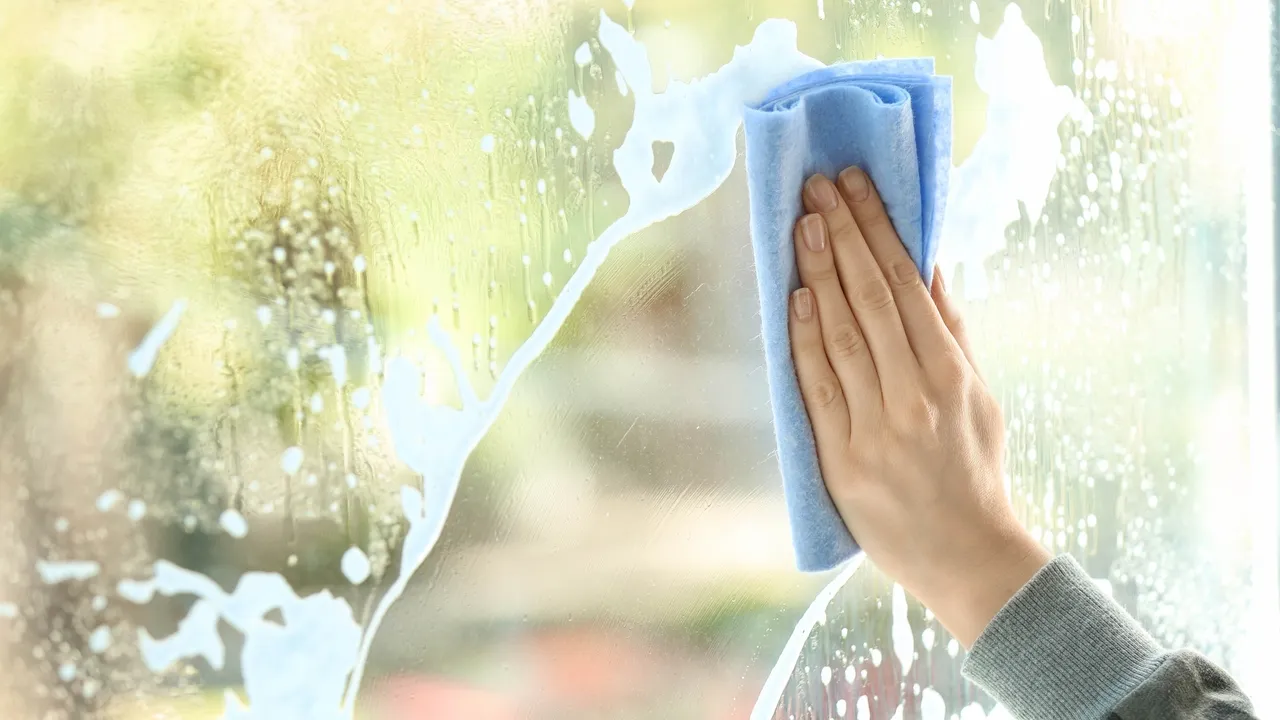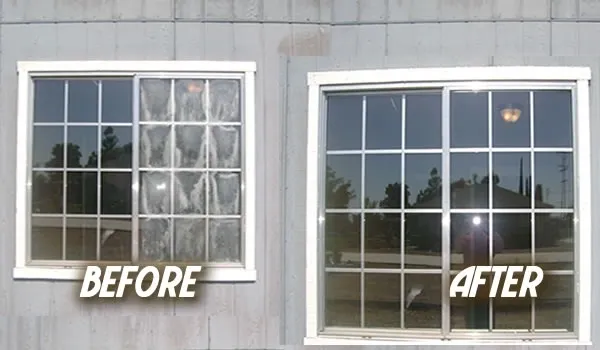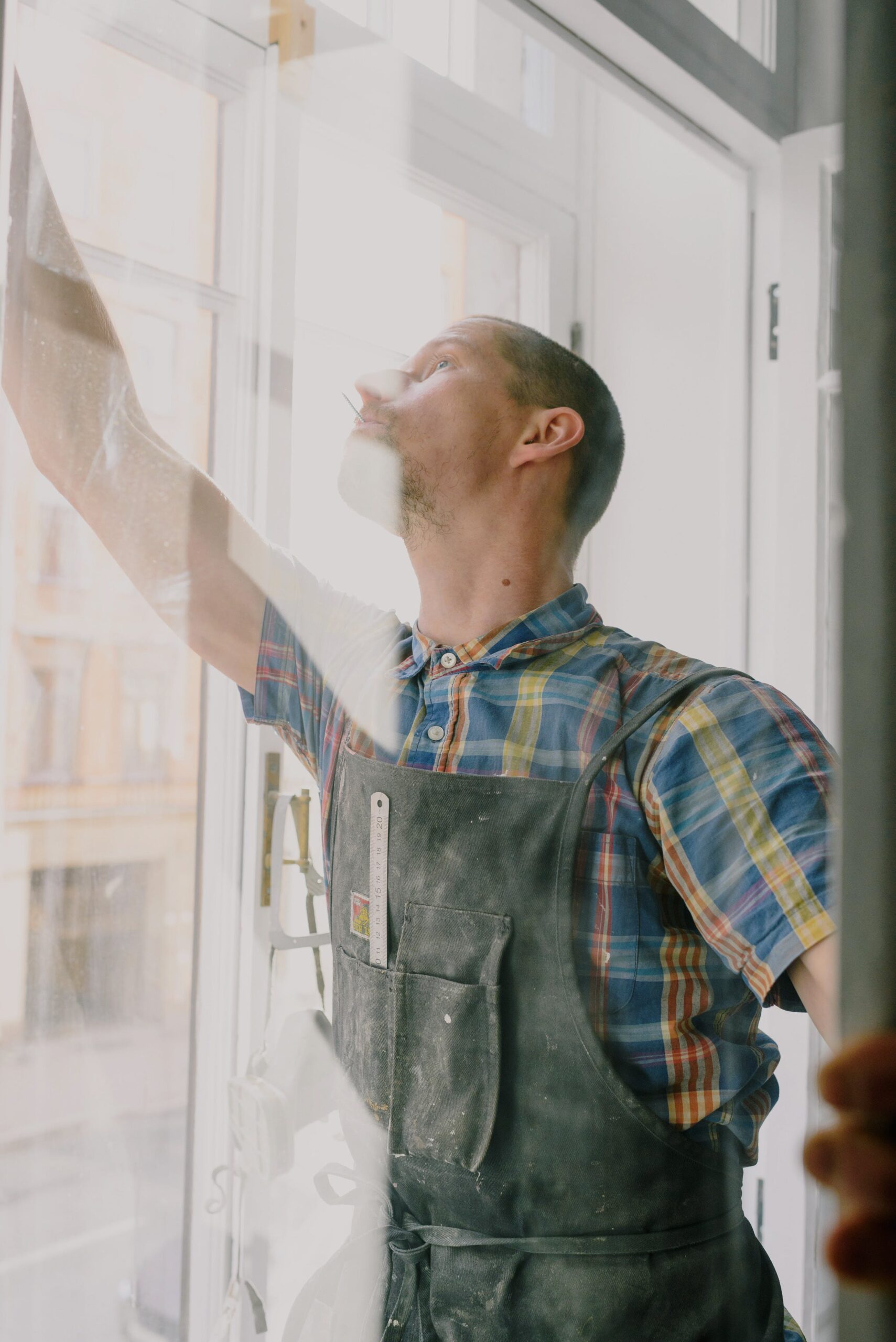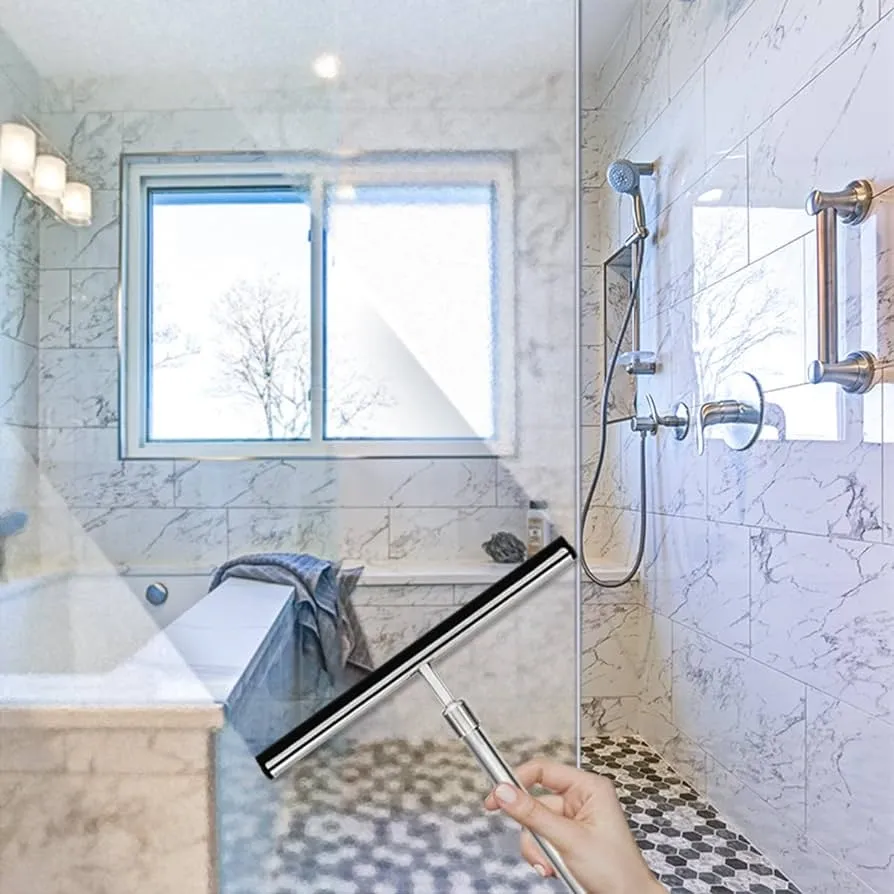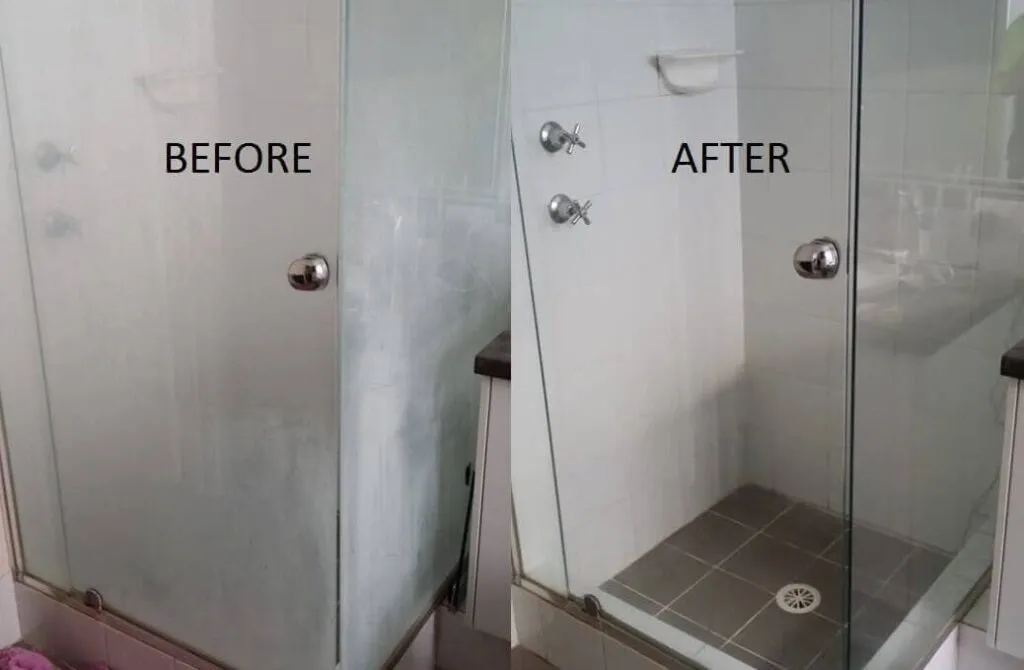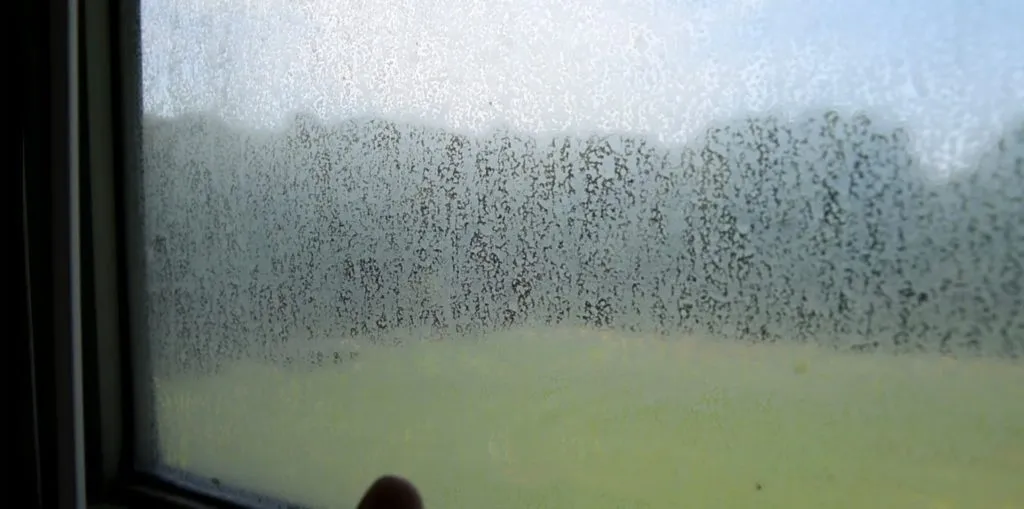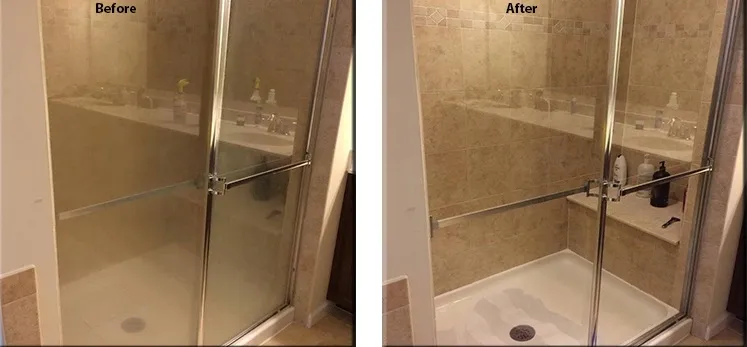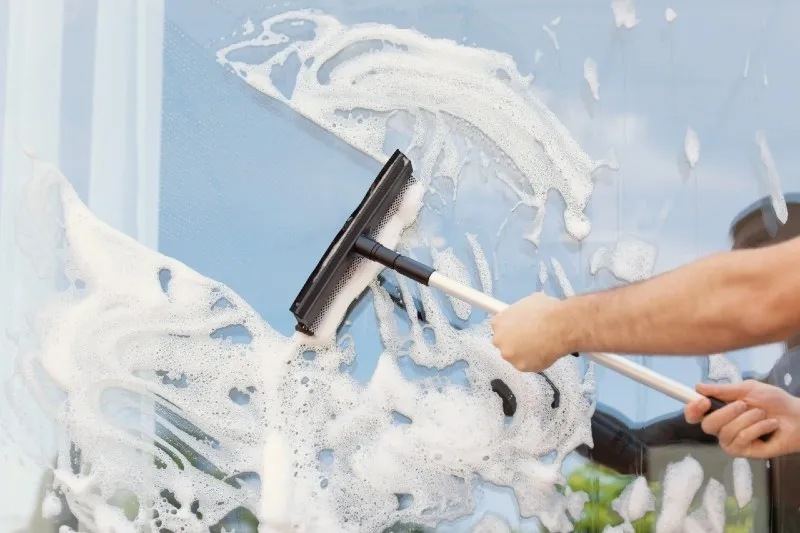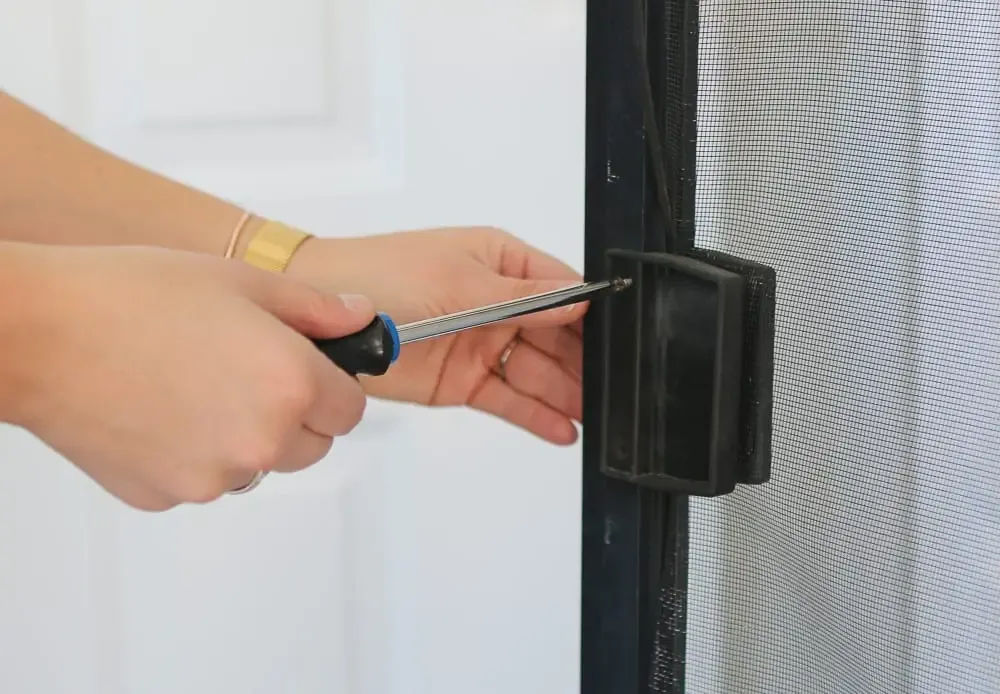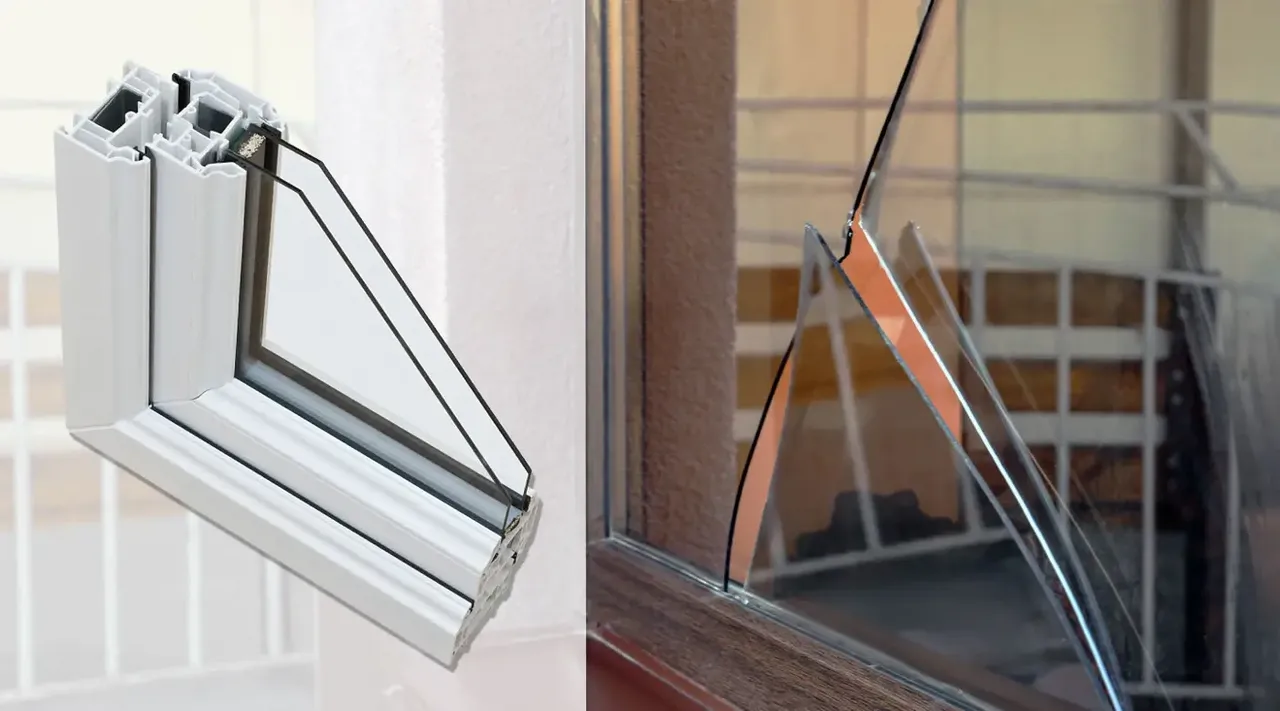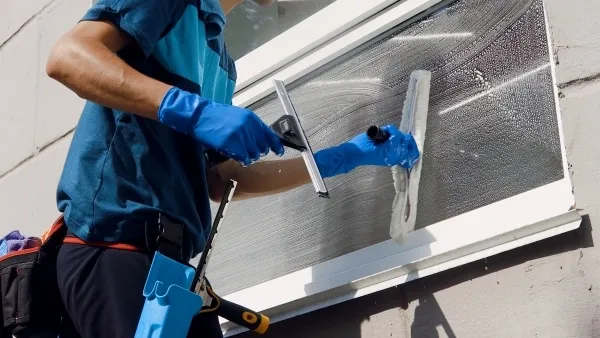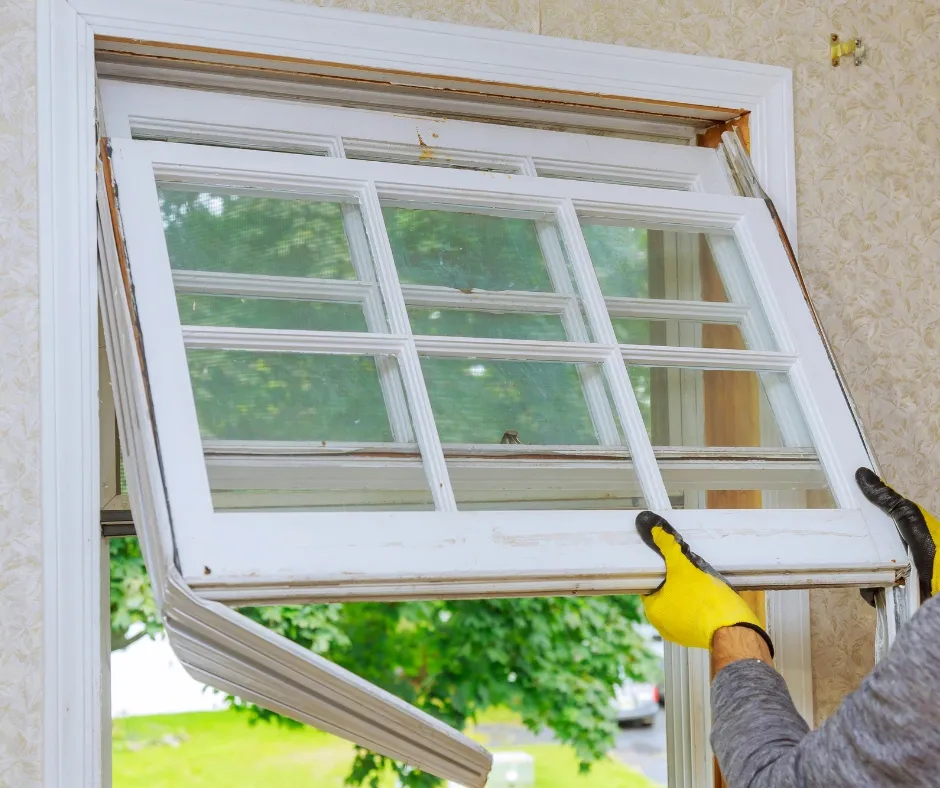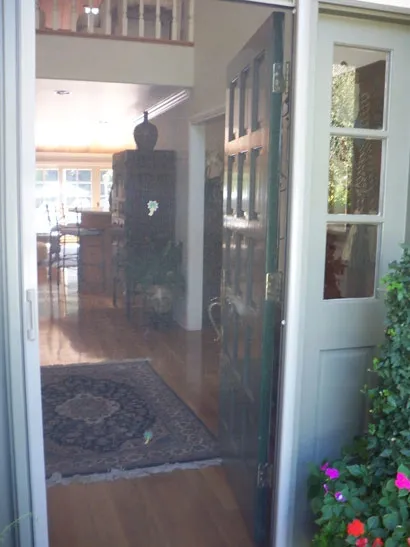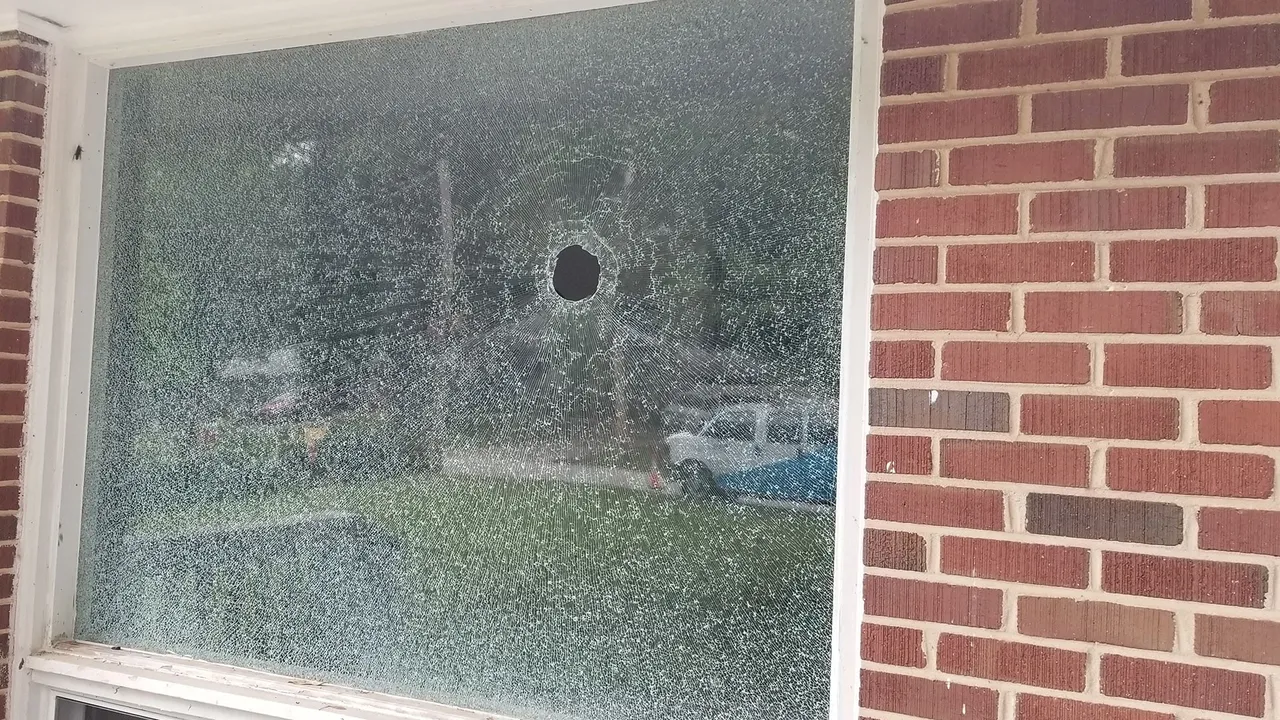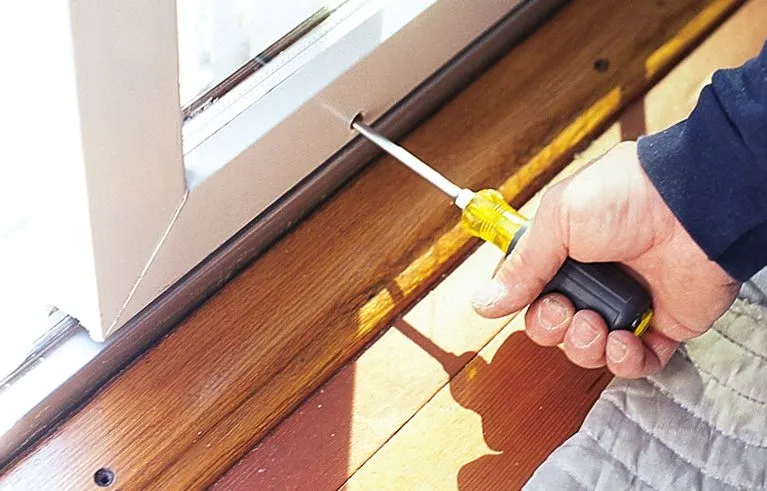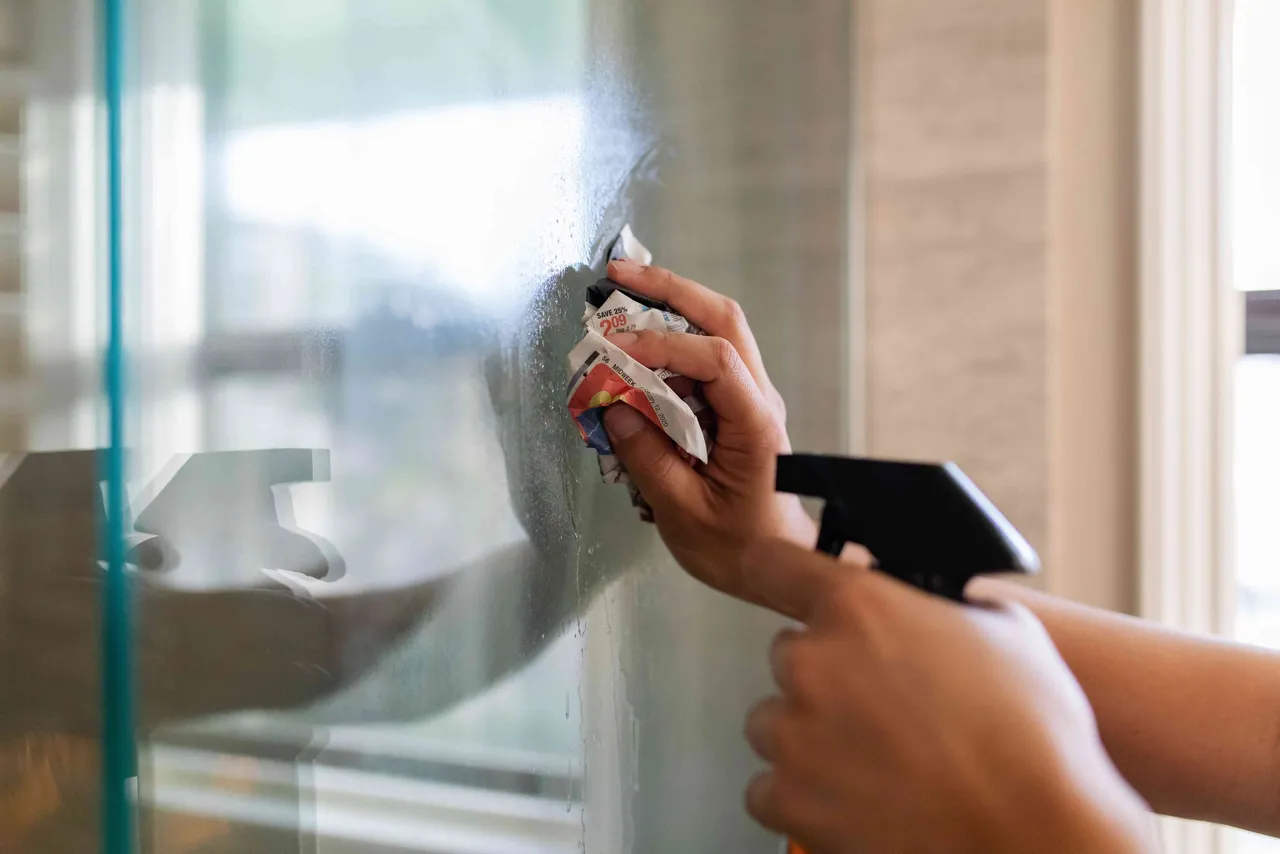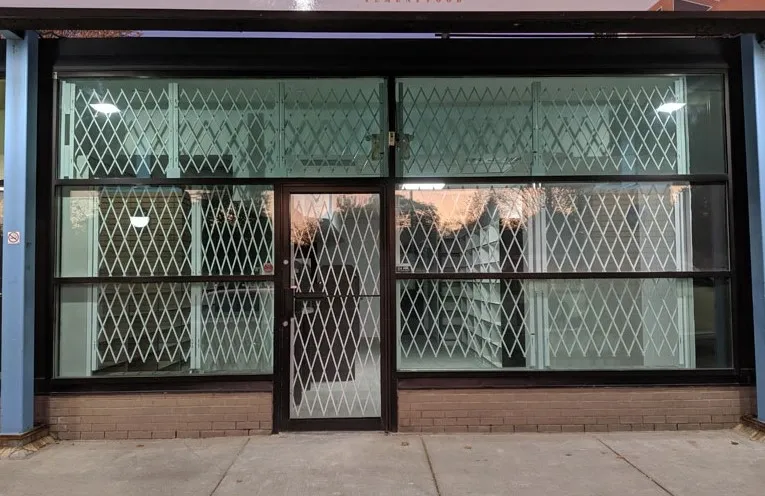How to Clean Windows: A Complete Guide for Sparkling Results
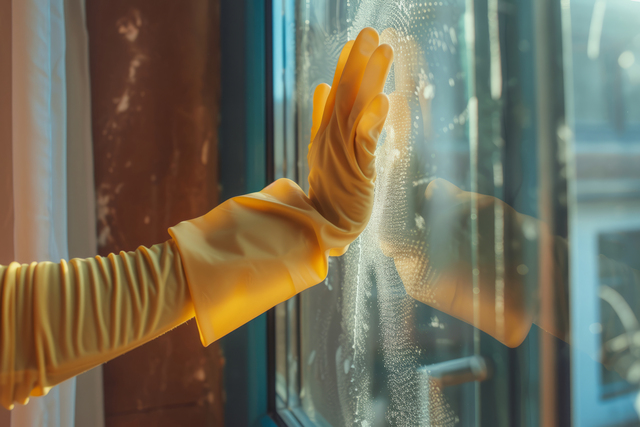
Cleaning windows, especially outdoor ones that face dirt, grease, and environmental elements, can be challenging. Whether it’s grime from pollution, sticky residue from insects, or dirt trapped in hard-to-reach spots, knowing how to clean windows effectively can make a significant difference in maintaining the aesthetic and functionality of your home.
In this guide, we’ll cover everything you need to know to clean windows properly, from choosing the right tools and cleaning solutions to expert techniques that ensure streak-free, crystal-clear glass. Let’s dive into the steps for cleaning windows like a pro.
Assess the Condition of Your Windows
Before you start, take a close look at your windows to determine their condition. If they haven’t been cleaned in a long time, you may notice heavy soiling, grease stains, or mold buildup in the corners. Assessing your windows helps you decide on the best approach and tools, especially for tough spots that need more attention.
Why This Step Matters:
- Identifies areas with severe grime
- Helps plan cleaning solutions and techniques
- Ensures no damage is done during cleaning
Step-by-Step Guide to Cleaning Windows
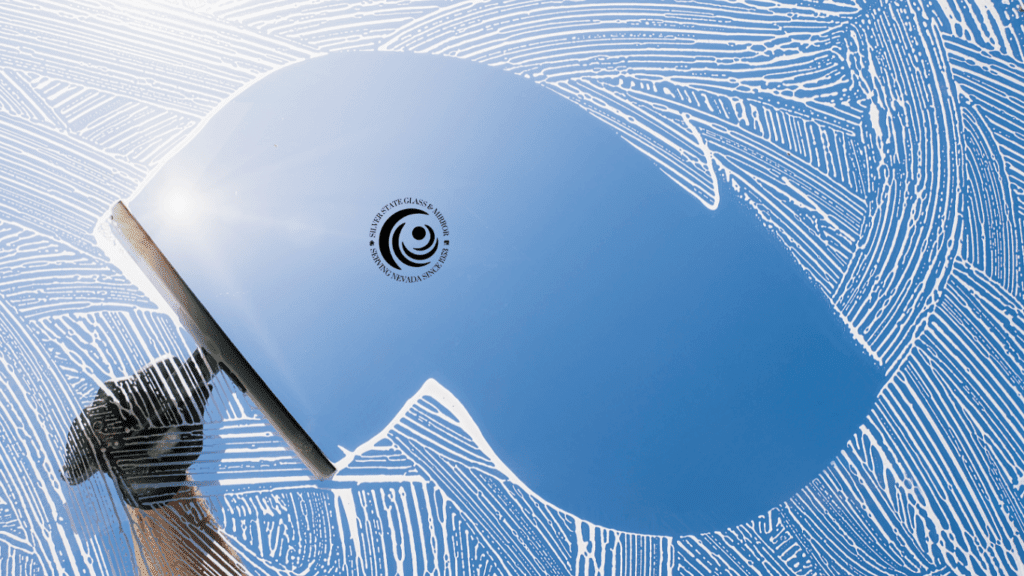
1. Prepare Your Cleaning Solution
The most basic and effective window cleaning solution involves mixing warm water with a mild detergent or dish soap. This solution is gentle on the glass but strong enough to break down dirt, grease, and grime.
Cleaning Solution Recipe:
- 1 gallon of warm water
- A few drops of dish soap (or any mild detergent)
You can also consider adding white vinegar to your solution if your windows face severe grime buildup.
2. Wipe Down Windows with a Sponge or Cloth
Dip a soft sponge or non-abrasive cloth into the cleaning solution and gently wipe down the glass surfaces. Pay special attention to the corners and edges, which are often the dirtiest spots. Don’t forget to clean the window sills, where dirt tends to accumulate.
3. Apply a Specialized Window Cleaner
After the initial wipe-down, use a high-quality window cleaner specifically designed for outdoor windows. These products are great for dealing with tough stains and residue that soap and water may not fully remove.
Use a clean microfiber cloth to apply the cleaner in circular motions. This helps break up any remaining dirt or grease. Let the cleaner sit for a few moments to work its magic before moving on to the next step.
4. Use a Squeegee for Streak-Free Results
The squeegee is a professional’s best-kept secret for a streak-free finish. Start at the top of the window and drag the squeegee downward in smooth, controlled motions. Make sure to overlap your strokes to cover every section of the glass.
Tip: Wipe the squeegee blade with a clean cloth between strokes to avoid streaking.
5. Buff the Windows to a Shine
After removing the cleaner, buff the glass with a dry microfiber cloth. Microfiber is perfect for trapping any remaining dirt and leaving your windows with a flawless shine.
Alternative Solutions for Cleaning Windows
In addition to traditional cleaning products, there are several alternative methods for achieving a clean window finish:

- White Vinegar: As mentioned earlier, white vinegar is a fantastic natural cleaner. It dissolves tough stains and leaves a streak-free finish.
- Rubbing Alcohol: Great for breaking down grease, rubbing alcohol can be added to your cleaning solution to target stubborn grease buildup.
- Baking Soda Paste: If you’re dealing with tough stains or sticky residues, a paste made of baking soda and water can help scrub them away without damaging the glass.
These DIY solutions are eco-friendly, cost-effective, and perfect for regular maintenance.
The Importance of Microfiber Cloths for Window Cleaning
Microfiber cloths are a game-changer for window cleaning. Unlike cotton or paper towels, which can leave lint and streaks behind, microfiber cloths attract and trap dirt and grease, ensuring a spotless finish. Additionally, microfiber is reusable, making it a sustainable and eco-friendly choice.
Key Benefits of Microfiber Cloths:
- Streak-Free Finish: Traps dirt without leaving behind streaks or lint.
- Eco-Friendly: Reusable and reduces the need for paper towels.
- Durability: Microfiber cloths are long-lasting and perfect for multiple uses.
FAQs
Q1: How often should I clean my windows?
The frequency of cleaning depends on your environment. If you live in a city with heavy pollution or near a construction site, cleaning every 3-4 months is recommended. In rural areas, twice a year should suffice.
Q2: Can I use paper towels to clean windows?
While paper towels can work in a pinch, they often leave lint and can cause streaking. Microfiber cloths are the best option for a streak-free shine.
Q3: What’s the best homemade window cleaning solution?
A mixture of white vinegar and water is one of the best homemade solutions. It effectively cuts through dirt and grease and leaves a streak-free finish.
Q4: Do I need to remove my windows to clean them properly?
Not necessarily. While removing windows allows for more thorough cleaning, especially for older models, using the right tools and techniques can deliver excellent results without the need for removal.
Q5: How can I prevent streaks on my windows?
Using a squeegee is the most effective way to prevent streaks. Also, make sure to clean your windows on a cloudy day. Sunlight can cause the cleaner to dry too quickly, leading to streaking.
Q6: Can I use vinegar to clean windows?
Yes! White vinegar is excellent for breaking down grease and grime, and it also helps prevent streaks. Mix equal parts vinegar and water for a DIY window cleaner.
Q7: What’s the best time of day to clean windows?
It’s best to clean windows on a cloudy day when the sun isn’t directly shining on them. Direct sunlight can cause the cleaner to dry too fast, leading to streaks.
Conclusion:
Cleaning outdoor windows effectively requires a combination of the right tools, cleaning solutions, and techniques. Whether you’re dealing with everyday dust or tough stains, following a systematic approach ensures that your windows will sparkle.
Remember:
- Assess the condition of your windows before starting.
- Use mild detergent, vinegar, or rubbing alcohol to tackle dirt and grime.
- Apply window cleaners with a microfiber cloth and follow up with a squeegee for streak-free results.
- Buff the glass to a perfect shine using a dry microfiber cloth.
With this guide, you now know how to clean windows efficiently, leaving them gleaming and enhancing the overall look of your home. Regular cleaning and using high-quality products will ensure that your windows stay clean longer, and your view remains crystal clear.

